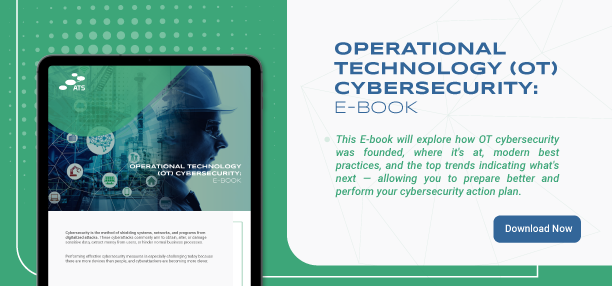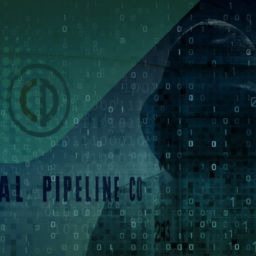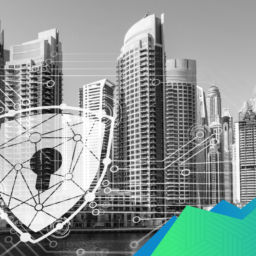How to Defend from Attackers In The OT Space
Over the last decade, cyber-attacks on Operational Technology have increased in frequency and scale. Cyber attackers and online criminal squads have used cyberterrorism to disrupt corporations and critical infrastructure globally. Today, they are becoming even more fierce and are utilizing their resources to target Operations Technology (OT) and Industrial Control System (ICS) networks to harm humans.
OT — the hardware and software that controls or retains equipment, assets, and functions within industrial environments — has become a top prey for cyber attackers. Attacks on these systems are only anticipated to increase. An alarming prediction assumes that cyber attackers will weaponize OT environments to harm or kill humans by 2025.
In contrast to IT attacks that rob data, the main focus of OT attacks are industrial control systems (ICS) so that cyber attackers can physically impact humans. The outcomes of such an attack possess triggering facility shutdowns, equipment malfunction, and even rendering power plant eruptions.
How do attackers damage the OT space?
Cyber threat attackers are patient, economically supported, and highly driven. Many stay in ICS for a prolonged time, lingering for power. OT cyberpunks infiltrate systems by ignoring safety protocols or phishing emails. Once their malware is in position, hackers exploit ICS functions to affect pressure sensors, valves, motors, and other assets. If they damage something at any stage in the procedure, employees assume it to be an equipment failure or maintenance problem, and the hackers resume their attack undetected.
Six significant cyber-attack campaigns against Operational Technology have been shared, from the infamous attack “Stuxnet” in 2010, which first indicated that operational control system networks were possible targets, to the “Triton” attack in 2017, in which cyberpunks stayed in the distributed controls system (DCS) undetected for months — maybe even years. The attackers started an outage at one point, but the plant’s workers assumed it to be a mechanical issue.
Three significant reasons why OT systems are a potential target to hackers
There are multiple reasons why industrial systems are a possible target in OT environments. Let’s discuss the three of them:
- The age and sensitiveness of systems can be a potential matter of concern in any OT system. These systems comprise highly complex and segregated technology, machinery, and equipment susceptible to external devices. The systems were possibly made 30-40 years ago and were not intended to link to wide area networks (WANs). Recent pushes to enable these systems to stay current and linked, have unlocked them to possible cyber attacks.
- Lack of system monitoring can be a significant reason behind attacks. Because of this reason, cyber attackers can stay in ICS for a long time without being noticed. Cyberpunks are familiar with the fact that many industrial systems lack this critical feature and are taking advantage of it.
- Also, routine maintenance schedules are not organized to add layers of security to these systems. Adding safety to existing maintenance schedules is problematic because vendor contracts must be updated. Many companies are reluctant to make security changes due to the investment requiring considerable time, money, and planning. Eventually, the most cost-effective way to enhance security is to set up a monitoring system that passively scans for security threats.

Best Techniques for Defending OT Systems
Fundamentally, corporations in the OT space need to understand their assets and risks. Based on that knowledge, they should implement the following five essential most valuable practices to help secure critical infrastructure:
- Design and enforce an OT cybersecurity program comprising multi-factor authentication, patching, malware protection, physical security, post-infection detection, and forensic devices. Use your OT stakeholders, systems, and technologies to your benefit and leverage any existent IT cybersecurity program.
- Check and update the OT asset inventory and network diagrams to ensure all OT systems, incorporating software and firmware, are well-documented. Rank the significance and the risk for each asset.
- Enforce an OT vulnerability management program to maintain the modifying threat landscape.
- Fund in OT security-awareness training, including cybersecurity issues such as social engineering and OT malware. It’s also necessary to train or hire qualified OT cyber-focused System Integrators (like ATS) and ensure their cybersecurity mandate is a clear focus.
- Record and practice an IT and OT incident response plan, including critical IT security and OT personnel. It should also retain OT vendor contacts, safety, tabletop cyberattack exercises, and verification that backups are secured and operational.

How can ATS help?
ATS is an advanced organization and an authorized OT cyber security System Integrator. ATS is one of the leading OT cyber security System Integrators in the UAE and Middle East region, with over 400+ projects completed in the country and other parts of the Middle East.
ATS delivers the total telecom and OT cyber security solutions required for any business to stay ahead of the industry and the changing times. From system integration, engineering and design, installation and commission, training, and maintenance and consultancy services, ATS continues to be one of the most recognized experts in the UAE and other regions of the Middle East. ATS delivers the ultimate service to protect the critical infrastructure.

In summary
Actions must be taken from now on as connectivity is rising exponentially, particularly with the rise of IoT devices and automation. Cybersecurity dangers are not going to vanish. No location is resistant to cyber threats, cyberpunks have access to cutting-edge tools, a robust community, and ever-evolving techniques — and the encouragement for cybercrime is more significant than ever before. But with the proper training and well-designed cybersecurity programs, network executives can defend against and reduce the influence of possible cyberattacks.
Many companies are taking actions toward enforcing cybersecurity rules that start with policies, strategies, training, planning, and surveying IT environments. Nevertheless, if companies with OT systems — particularly critical infrastructure — don’t begin vigorously monitoring their systems, it will consume their time and money in the future.

















